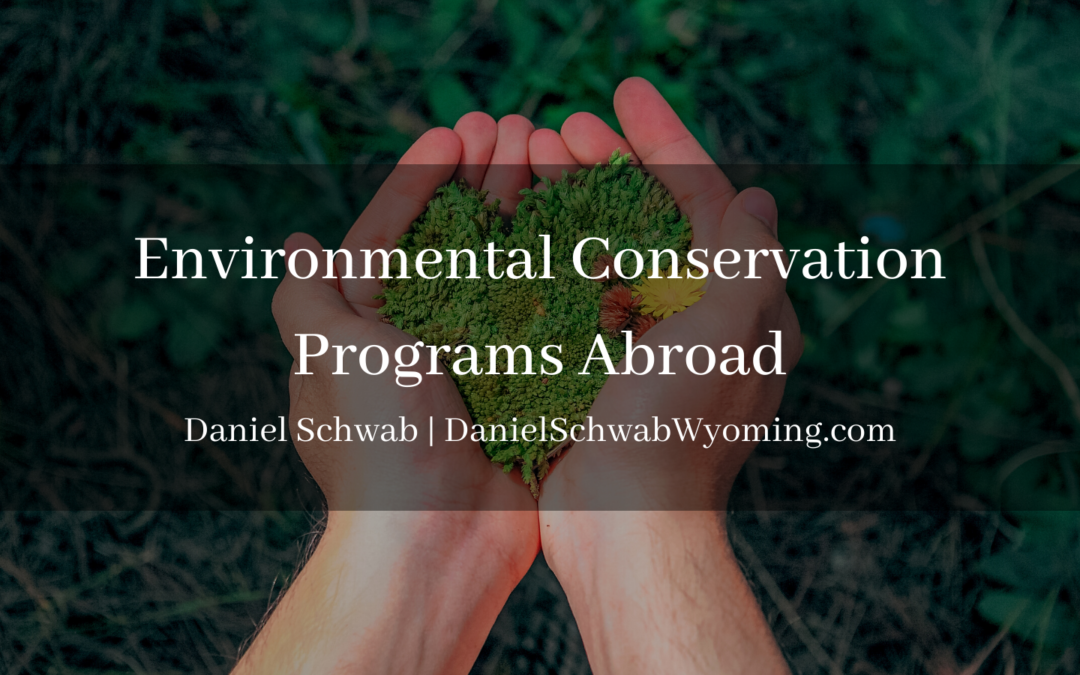The most effective way to live a more sustainable lifestyle is by living it in other countries. Research has shown that people who have traveled abroad are much more likely to adopt environmental conservation programs than those who haven’t. This may be because travelers come into contact with new cultures and ways of life, which makes them less resistant to adopting the same practices in their own lives back home. Here are environmental Conservation Programs Abroad:
1) Reduced consumption of resources
One of the best ways to reduce your carbon footprint is by reducing consumption. The average American consumes over 100 times as much energy and ten times as many resources as the world’s poorest people. For example, families in developing nations often choose less expensive homes that require less upkeep. Also, they don’t buy all the newest gadgets because they want to save money for their children’s education and other more important expenses.
2) Water conservation:
We conserve water from washing to toilet flushing. Americans use much more water than most people in developing nations do. For example, a family of five living in the U.S. will employ over 400 gallons of water per day for bathing, cleaning, and other household uses. That same family would only use about 8-10 gallons in the developing world. Also, they’ll need to conserve water because it is not readily available on their streets or at their homes like we do.
3) Transportation:
There are several ways to reduce our carbon emissions due to transportation (e.g., mass transit, carpooling, biking, and walking). These days many people do not own many cars. Most of them will carpool with their co-workers or use buses and light rail to commute.
4) Organic Gardening:
There is a very effective method for nurturing plants without hurting the environment. This technique involves growing fruits, vegetables, and flowers in organic materials that contain no harmful pesticides and chemicals such as natural soil, compost, mulch, etc. Organic gardening is good for the environment in many ways: it does not contribute to the further pollution of our planet’s air and water; it does not employ any toxic chemicals that might poison the plants themselves or kill those who eat them; it nurtures a high level of biodiversity since it works with nature instead of trying to dominate and change it, and it helps small family farms be more competitive by allowing them to grow a wider variety of crops in an environmentally friendly way.
5) Biomimicry:
Biomimicry is the study of how nature solves problems, and it’s an ancient field. Biomimicry looks at how every organism, from a plant to a human being, has already solved whatever problem they needed to solve to survive and then seeks to mimic that behavior. For instance, if you want your roof or pavement to be less slippery during the rain, mimic a leaf. A leaf’s surface is bumpy, which causes the water to bead up and roll off instead of pooling and causing people to slip and fall.


